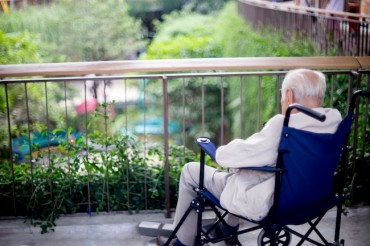
Findings from the new study by researcher Jung Soo-jung at the Korea Small Business Institute (KOSBI) released on Wednesday show that large-scale shopping centers often thought to boost local economies can cause negative economic impacts, as they could cause a ‘straw effect’ and force local commercial districts out of business. (Image: Kobiz Media)
SEOUL, Sept. 27 (Korea Bizwire) – A new report has claimed shopping centers could push out local commercial districts and drive down the gross regional product of neighborhoods.
Findings from the new study by researcher Jung Soo-jung at the Korea Small Business Institute (KOSBI) released on Wednesday show that large-scale shopping centers often thought to boost local economies can cause negative economic impacts, as they could cause a ‘straw effect’ and force local commercial districts out of business.
The report studied in detail the negative impact on local economies of some 100 influential large-scale shopping centers, nearly half of which are owned by three major retailers, and compared and analyzed the number of workers, businesses and the gross regional product in a number of regions across the country between 2000 and 2014.
It turned out that shopping centers have a negative impact on the number of small and medium-sized enterprises and the workers they hire, as well as the gross regional product, according to the report.
The report widely ascribed the worrying trend to the so called ‘straw effect’ caused by shopping malls, in which consumers no longer travel far afield and flock to commercial areas near where shopping malls are located, destabilizing local economies.
While the total sales of businesses around shopping malls increased compared to the past, it was also found that franchises and other big businesses pushed out small and medium-sized businesses in a commercial district near a shopping mall.
During research into the South Korean shopping mall industry for the report, it was found that, unlike many other countries, the majority of South Korean shopping malls are located in downtown areas, while around 35 percent were located near residential and industrial areas, which indicate that there is a lack of regulation on where large-scale shopping malls are built.
As the threats of shopping centers continue to grow, the report also found nearly 44 percent of small business owners want tougher regulation to impose a two-day closure on shopping malls every month.
KOSBI said, “Regulations on shopping malls must take place during the early stages of construction.
“The construction of shopping malls in downtown areas should be restricted for better urban planning, encouraging shopping malls to be built in the suburbs instead.”
However, the institute also warned that regulations need to be implemented with caution to avoid restricting consumers’ choices.
Ashley Song (Ashley@koreabizwire.com)






